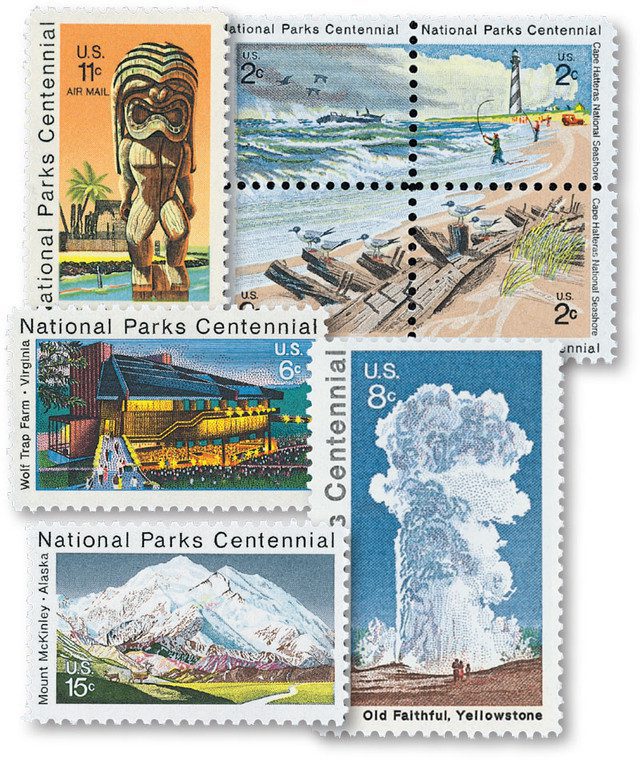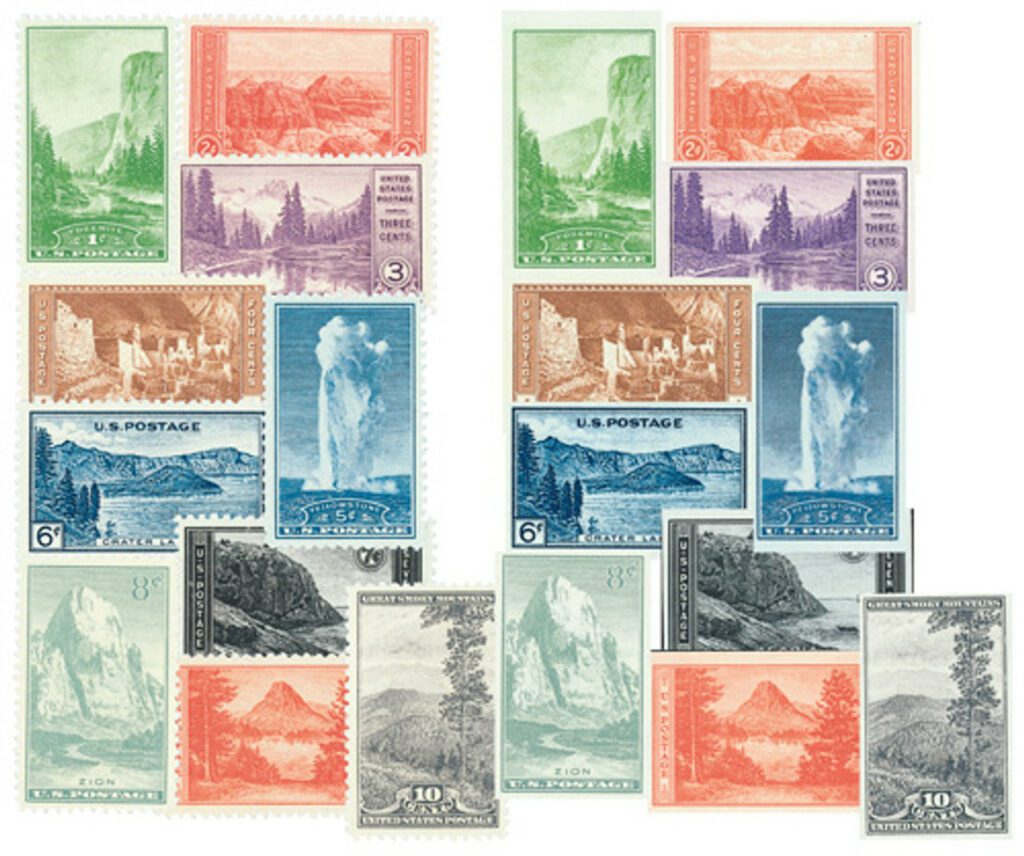Decades after the first national park was created, the National Park Service (NPS) was officially established on August 25, 1916.
The first person to propose the idea of a national park was American artist and author George Catlin. He traveled to the American West in the 1830s to record the lives and customs of the native people in portraits. He aimed to preserve in art what he foresaw as a vanishing race. Catlin recognized, like the Indian tribes, the undisturbed plains and prairies were also at risk. He believed the lands deserved some form of protection.
Catlin’s proposal gained little traction, but others like him soon followed. Artists, writers, and naturalists began to convey a new picture of the West. What people previously had envisioned as a desolate wasteland was being re-imagined as a majestic natural paradise worth preserving. One of the first pieces of land on American soil to be set aside for protection was Arkansas’ Hot Springs, which was made America’s first federal reserve in 1832.

During the Civil War, conservationists became worried about the effects of commercial ventures in Yosemite and lobbied for its protection. In 1864, President Lincoln placed Yosemite under the protection of the state of California. This was the first time the US government set aside park land specifically for preservation and public use.
Less than a decade later, similar concerns arose in Wyoming. Expeditions to the Yellowstone area found it was host to deep canyons, majestic waterfalls, pristine lakes, dense forests, and spectacular geysers. Concerns grew that developers would come in and charge fees to see the natural wonders, while not taking care to protect them. Then in 1872, President Ulysses S. Grant signed legislation protecting Yellowstone, and making it America’s first national park.

More parks, preserves, refuges, monuments, and other pieces of land were set aside over time. However, there wasn’t a unifying organization in place to manage them. As such, many lacked funding and private companies opened hotels, railroads, ranches, and sawmills on the land, putting the natural and historical sites in danger. By 1916, the Department of the Interior was responsible for at least 35 different parks and monuments.
Among the many calling for change was Stephen Mather, a wealthy industrialist. He launched an extensive campaign, backed by fellow industrialists, schoolchildren, newspapers, and even the National Geographic Society. Mather’s efforts paid off on August 25, 1916, when President Woodrow Wilson signed the Organic Act, establishing the National Park Service. Over time, lands were transferred to the NPS from the Forest Service and War Department.
What began as a seemingly radical idea has developed into one of the nation’s most successful agendas. Since its creation, the role of the NPS has expanded to include national monuments, battlefields, seashores, and more. In all, the National Park Service includes over 400 areas, covering over 84 million acres in the 50 states as well as American territories.
For 100 years the National Parks Service has upheld its mission to preserve the nation’s “natural and cultural resources… for the enjoyment, education, and inspiration of this and future generations.” Each year, more than 275 million people visit a national park to enjoy the beautiful nature, discover American history, or just relax at the seashore. Every park is a national treasure preserved because of an idea that took root over a century ago.
Click here for lots more national park stamps and coins.
| FREE printable This Day in History album pages Download a PDF of today’s article. Get a binder or other supplies to create your This Day in History album. |
Discover what else happened on This Day in History.







No mention of President Theodore Roosevelt who was the most influential person in our Nations history in establishing Parks and Forest lands.
One of the real heroes of our National Parks was John D Rockefeller Jr. Through foundations and grants he purchased and then donated thousands of acres. A Memorial Parkway is named in his honor between Yellowstone and Grand Teton National Parks.
Thank you, as a young boy I collected stamps as was introduced to the parks through stamps. My father would take me to local stamp shows and we would visit the parks. I believe stamp collecting can be part of a lifelong journey to knowledge and joy. I have used the information from stamps to then read a book, go to a site and then share with others.
This is a nice article about the creation of the National Park Service in 1916, but it leaves a lot out. John Muir should be mentioned. After spending years in Yosemite and other areas of the Sierra Nevada, he wrote numerous articles about the need to preserve much that was still unprotected, such as the groves of Giant Sequoias. In 1890, Sequoia and Yosemite became the second and third National Parks. Yosemite Valley is the most famous and most visited part of the park, but a lesser-known site is Hetch Hetchy Valley a few miles north. Hetch Hetchy is a smaller version of Yosemite Valley with towering cliffs, plunging waterfalls, and broad meadows. Unfortunately, in the early 1900s, San Francisco proposed building a dam and flooding Hetch Hetchy. John Muir and the Sierra Club fought against this for years, but even though Hetch Hetchy is located within the boundary of Yosemite National Park, the dam was authorized by Congress in 1913, and the valley was flooded. It became obvious that our national parks needed more protection, and Congress responded by creating the National Pars Service a few years later in 1916.